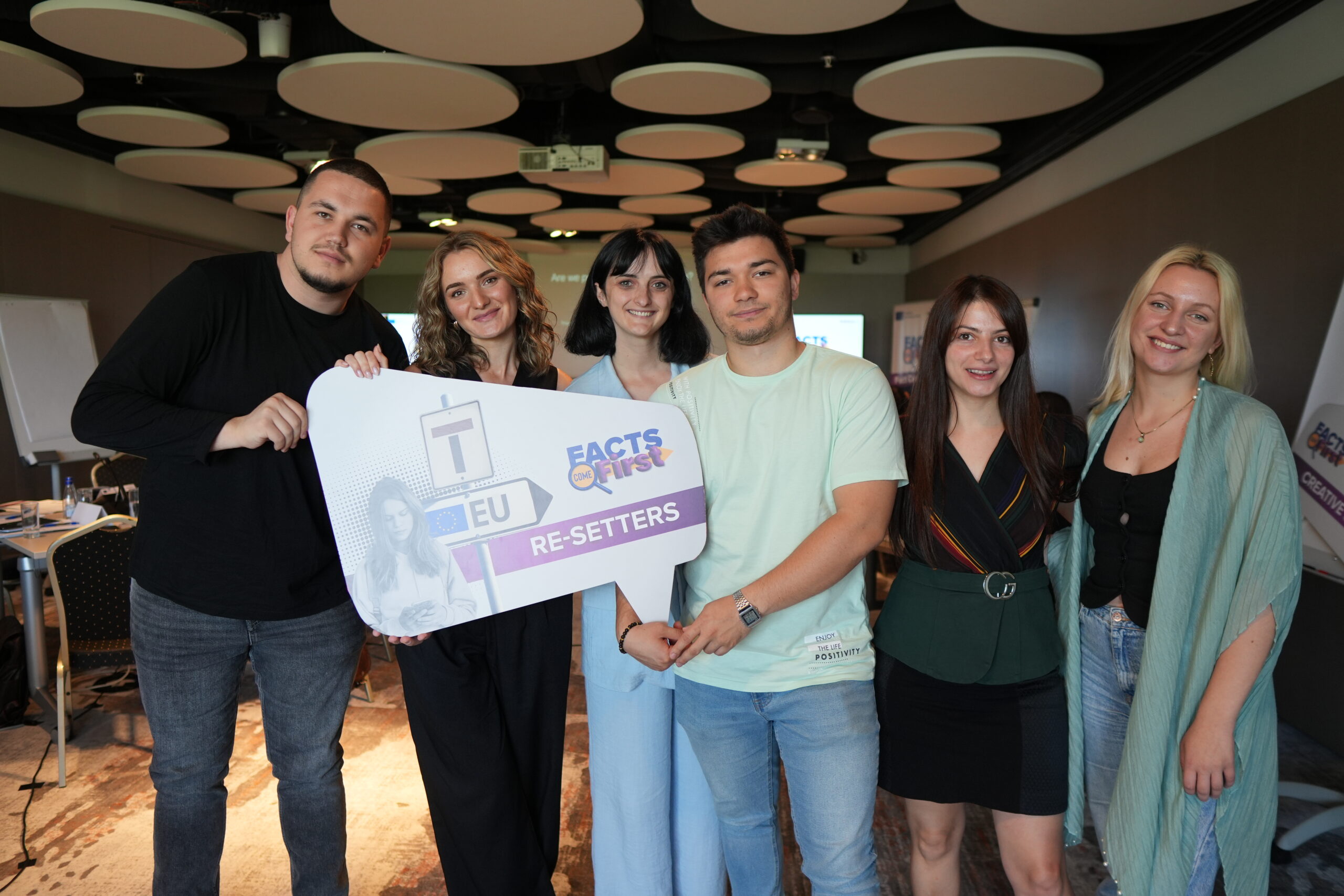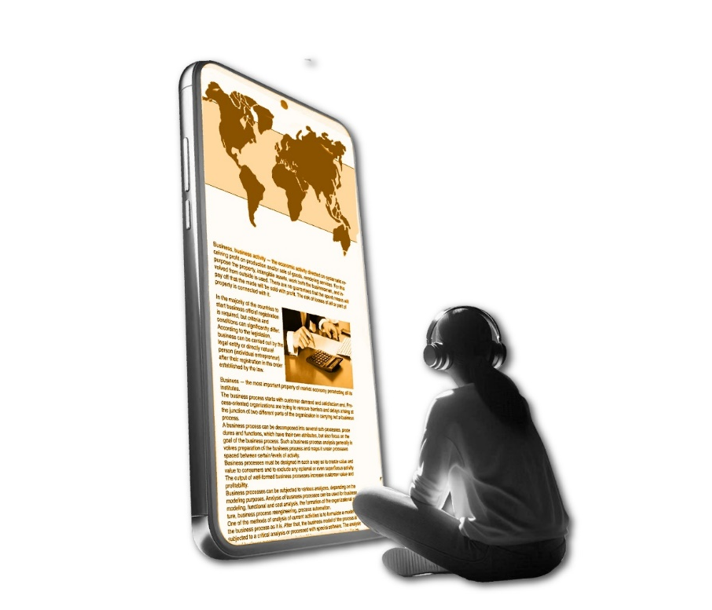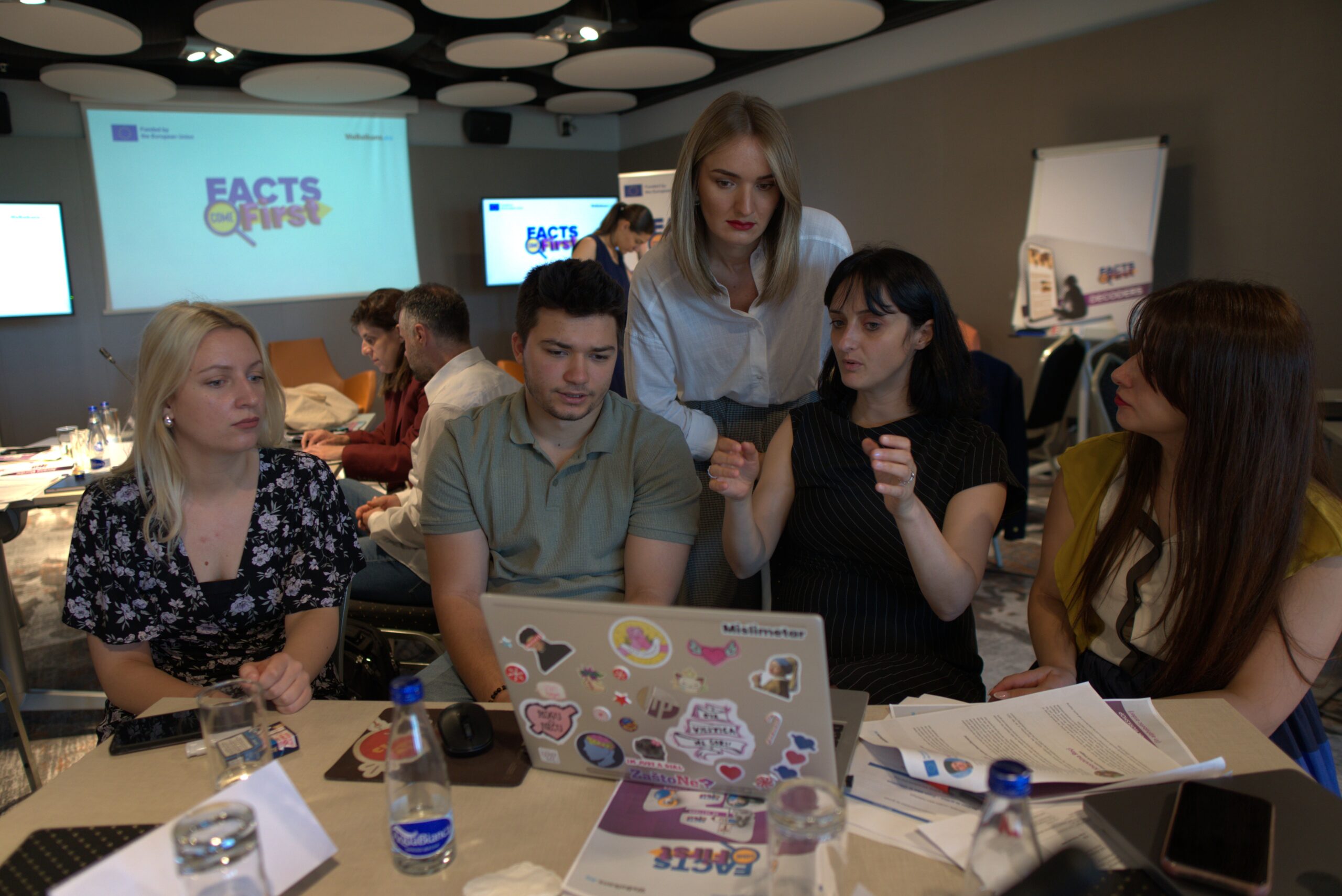
The people of Kosovo were warned, in May 2019, that a woman is after their children and kidnaps them. The warning, spread on social media all over the country, was illustrated with the picture of NN. The news spread very fast, and people started to panic. What happened the next day was that NN got attacked by a group of people in broad daylight, on the town square in Lipjan, Kosovo. The attackers believed she had kidnapped and continued to kidnap children. NN was not the only victim in the region.
Last year, in 2024, Serbia and the region were shaken with the news that a young girl named Danka Ilić disappeared. Soon after she went missing, the authorities arrested two men suspected of her murder. The media soon published a photo of the alleged murderer, an older man wearing a jacket with a yellow collar and smiling. His picture was everywhere. But in real life, the man in the picture wasn’t accused of anything nor did he have any connection to the case. Some journalists simply took the photo from the Facebook profile of a man that happened to have the same name as one of the suspects and falsely presented him to the whole region as a man who killed a two-year-old girl in cold blood.

Another case was also the story of N.I, a journalist from Serbia, who felt like her life changed forever after an intimate footage of her was disseminated through a Telegram channel, without her consent.
These stories represent three forms of information manipulation: disinformation, misinformation and malinformation. According to the website of Media Defence, an organisation dedicated to legally assisting journalists:
These types of manipulations always existed, but nowadays it seems that people deal with them more, especially with the rise of social media.
According to the data from the 2024 Youth Survey conducted by the European Parliament, social media is the primary source of information on political and social issues for 42% of the European Union (EU) youth aged 16 to 30, while television serves that purpose for 39% of respondents of the same age. According to the data, the younger the person, the more likely they are to use social media as the primary source of information. The survey also showed that the majority of the respondents believe that they have been exposed to disinformation in the week before taking the survey, and that the majority also believe that they can recognize it.
Young people and media professionals from the Western Balkan are familiar with examples of disinformation, misinformation and malinformation from their own countries. As they mentioned during the interviews, dealing with them is difficult. “Since we have a lot of information nowadays, we encounter a lot of unnecessary information that we scroll quickly away, especially on social media and online portals. This is also one of the additional reasons why people do not pay attention to details and do not question everything they see” said Emina Balota, a Young European Ambassador from Montenegro.
For youngsters in the region, falsehoods are becoming a daily problem. Emina Odobašić, a university student from Bosnia and Herzegovina, feels that young people in her country are not well versed to recognize all kinds of incorrect information. “I try to fact-check what I see and avoid sharing things too quickly. Young people are more aware now, but many still share things without checking, especially if it supports their views.”
The same problem is also faced by the journalists who have to report on a daily basis from their country. For Neda Dimova-Prokić, a journalist from North Macedonia, it is necessary that media literacy should be a part of the general education curricula. “Media literacy needs to be raised to a higher level, and teachers themselves need to be trained on how to present this to children from an early age. Critical thinking should be encouraged in schools and at home, and through examples, children should be guided to think critically.”.
The importance of media literacy and critical thinking is not lost on those who have experienced the effects of disinformation, malinformation and misinformation on their own skin.
Vullnet Krasniqi, journalist from Kosovo was targeted by disinformation for years, especially when he was part of the Big Brother reality TV show in Pristina. “One vivid example was during and after my time on Big Brother, when online narratives—often driven by clicks, algorithms, or even bad intent—were built around selective truths or outright fabrications about my identity, my opinions, or my relationships.”
There are several options to fact-check content through online tools and platforms. Jona Cenameri, a journalist from Albania, relies on various fact-checking platforms. “I believe young people have different approaches when it comes to fake news. And the decrease in attention span is making it so that these pieces of news, by staying only briefly on their screens, don’t become subjects of deeper reflection, but instead pass by without much thought about their truthfulness.”
False content can impact people at home or abroad. Elena Prnjić, a social media manager for a fact-checking website from Serbia sees several ways to deal with this problem. “Manipulative narratives are really dangerous all over the world, not just in Serbia. And there are multiple ways of dealing with them. One part of the public already has a deep mistrust in the media, and therefore often doesn’t automatically ‘fall for’ manipulations and disinformation. Those less digitally and media literate tend to believe such manipulations and disinformation without critical thinking. And there are also those, although rare, who are unsure and wish to investigate further. They do the research by themselves, or they consult experts – such as fact-checkers.”

“Re-Setters” group at the “Fact Content Lab” workshop in Podgorica
The spread of disinformation, misinformation and malinformation is something that is beyond the control of individuals, but something that might be managed by collective effort. Still, each individual owes their communities, be them physical or digital, the effort of doing at least a minimal check before spreading the news around. For the young woman that was attacked in Kosovo, the falsely accused man from Serbia and the journalist targeted by malicious Telegram channels manipulative claims are not just pieces of content they scroll through, but things that negatively impacted their lives.
In order to prevent such cases in the future – decode before you share.
The content of this article does not reflect the official opinion of the European Union. Responsibility for the information and views expressed lies entirely with the authors.
AUTHORS:
Vjosa Cerkini, Journalist
Hyrije Mehmeti, Fact checker
Nerma Šehović, Fact checker
Giorgina Roci, Influencer
Kleidi Memo, Young European Ambassador
Another case was also the story of N.I, a journalist from Serbia, who felt like her life changed forever after an intimate footage of her was disseminated through a Telegram channel, without her consent.
These stories represent three forms of information manipulation: disinformation, misinformation and malinformation. According to the website of Media Defence, an organisation dedicated to legally assisting journalists:
These types of manipulations always existed, but nowadays it seems that people deal with them more, especially with the rise of social media.
According to the data from the 2024 Youth Survey conducted by the European Parliament, social media is the primary source of information on political and social issues for 42% of the European Union (EU) youth aged 16 to 30, while television serves that purpose for 39% of respondents of the same age. According to the data, the younger the person, the more likely they are to use social media as the primary source of information. The survey also showed that the majority of the respondents believe that they have been exposed to disinformation in the week before taking the survey, and that the majority also believe that they can recognize it.
Young people and media professionals from the Western Balkan are familiar with examples of disinformation, misinformation and malinformation from their own countries. As they mentioned during the interviews, dealing with them is difficult. “Since we have a lot of information nowadays, we encounter a lot of unnecessary information that we scroll quickly away, especially on social media and online portals. This is also one of the additional reasons why people do not pay attention to details and do not question everything they see” said Emina Balota, a Young European Ambassador from Montenegro.
For youngsters in the region, falsehoods are becoming a daily problem. Emina Odobašić, a university student from Bosnia and Herzegovina, feels that young people in her country are not well versed to recognize all kinds of incorrect information. “I try to fact-check what I see and avoid sharing things too quickly. Young people are more aware now, but many still share things without checking, especially if it supports their views.”
The same problem is also faced by the journalists who have to report on a daily basis from their country. For Neda Dimova-Prokić, a journalist from North Macedonia, it is necessary that media literacy should be a part of the general education curricula. “Media literacy needs to be raised to a higher level, and teachers themselves need to be trained on how to present this to children from an early age. Critical thinking should be encouraged in schools and at home, and through examples, children should be guided to think critically.”.
The importance of media literacy and critical thinking is not lost on those who have experienced the effects of disinformation, malinformation and misinformation on their own skin.
Vullnet Krasniqi, journalist from Kosovo was targeted by disinformation for years, especially when he was part of the Big Brother reality TV show in Pristina. “One vivid example was during and after my time on Big Brother, when online narratives—often driven by clicks, algorithms, or even bad intent—were built around selective truths or outright fabrications about my identity, my opinions, or my relationships.”
There are several options to fact-check content through online tools and platforms. Jona Cenameri, a journalist from Albania, relies on various fact-checking platforms. “I believe young people have different approaches when it comes to fake news. And the decrease in attention span is making it so that these pieces of news, by staying only briefly on their screens, don’t become subjects of deeper reflection, but instead pass by without much thought about their truthfulness.”
False content can impact people at home or abroad. Elena Prnjić, a social media manager for a fact-checking website from Serbia sees several ways to deal with this problem. “Manipulative narratives are really dangerous all over the world, not just in Serbia. And there are multiple ways of dealing with them. One part of the public already has a deep mistrust in the media, and therefore often doesn’t automatically ‘fall for’ manipulations and disinformation. Those less digitally and media literate tend to believe such manipulations and disinformation without critical thinking. And there are also those, although rare, who are unsure and wish to investigate further. They do the research by themselves, or they consult experts – such as fact-checkers.”

“Re-Setters” group at the “Fact Content Lab” workshop in Podgorica
The spread of disinformation, misinformation and malinformation is something that is beyond the control of individuals, but something that might be managed by collective effort. Still, each individual owes their communities, be them physical or digital, the effort of doing at least a minimal check before spreading the news around. For the young woman that was attacked in Kosovo, the falsely accused man from Serbia and the journalist targeted by malicious Telegram channels manipulative claims are not just pieces of content they scroll through, but things that negatively impacted their lives.
In order to prevent such cases in the future – decode before you share.
The content of this article does not reflect the official opinion of the European Union. Responsibility for the information and views expressed lies entirely with the authors.
AUTHORS:
Vjosa Cerkini, Journalist
Hyrije Mehmeti, Fact checker
Nerma Šehović, Fact checker
Giorgina Roci, Influencer
Kleidi Memo, Young European Ambassador
Please wait while your video is being uploaded...
Don't close this window!